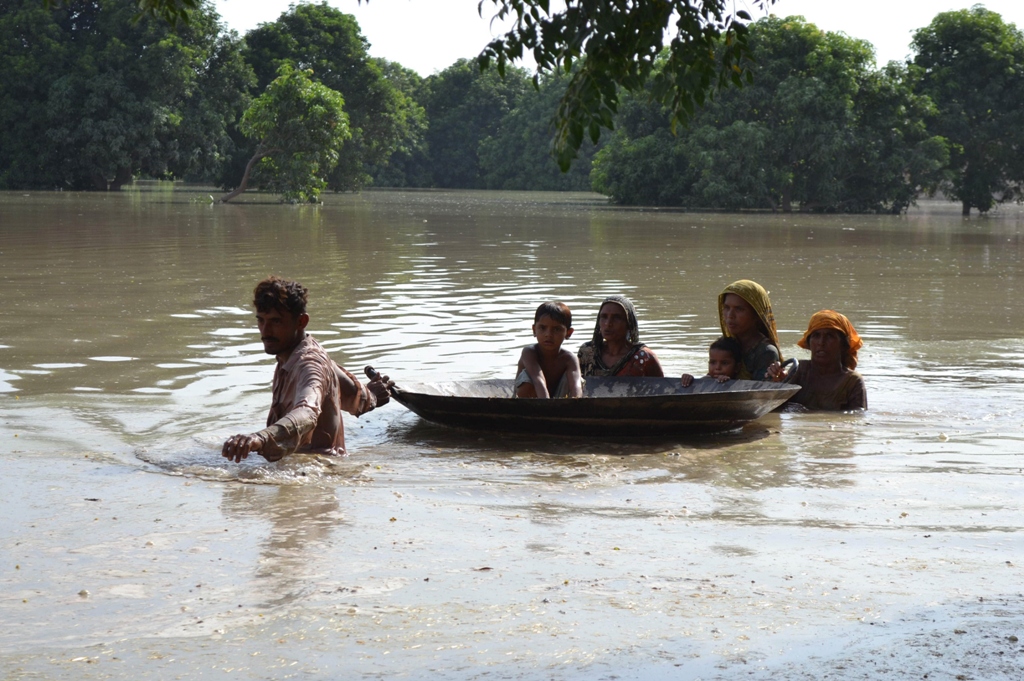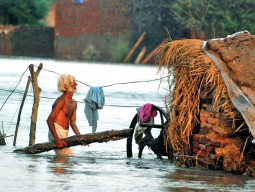
Over 53,000 patients, mostly suffering from skin and respiratory tract infections, were treated in Multan and DG Khan districts during the flood, Multan EDO (Health) Iftikhar Qureshi said on Thursday.
He said 36 mobile outreach teams were still active to provide medical aid to prevent spread of contagious diseases in water-logged areas.
The EDO said that 28,930 patients had been treated in flood-hit areas along the riverine belt. He said 16 per cent of them had acute respiratory tract infection (ARTI), 10 per cent skin diseases such as scabies, eight per cent diarrhoea and gastroenteritis and five per cent fever.
Cases of eye infection and other diseases had also emerged in these areas and were being handled effectively at the medical camps, he said.
The DG Khan Health EDO, Munawar Abbas, said that 24,500 patients had been treated in the 13 flood-hit union councils of the district. He said 7,227 of these had skin infections.
Another 3,810, he said, were infected by ARTI; 3,389 by diarrhoea; 1,911 by fever; 958 by eye infection; and 6,473 by other diseases.
He said eight of the 24 medical camps were mobile and 16 stationary. 13 outreach teams were also active in water-logged areas of the DG Khan district.
The 13 flood-hit union councils have a population of 10,000; 4,000 of which had been hit by hill torrents and the rest by the River Indus overflow.
Abbas said that the outreach teams and mobile health teams comprised doctors, lady health supervisors and workers, vaccinators and health and nutrition supervisors. They were also educating people about adopting healthy lifestyle in water-logged areas.
He said the Darkhwast Jamal Khan union council had emerged as the most sensitive in DG Khan district for water was still four to five feet high in its low lying sections. He said larva-aides sprays praying and fogging were also being carried out to prevent mosquito breeding.
The Multan EDO said that health camps had stopped operating on Thursday as majority of the affected people had returned to their homes. However, he added, 15 mobile teams were still operating in the water-hit areas.
He said cases of snake bite had been reported in DG Khan and Shujabad. The patients had survived, he said. Some dogs bite patients had also been treated in DG Khan.
Published in The Express Tribune, August 30th, 2013.







































COMMENTS
Comments are moderated and generally will be posted if they are on-topic and not abusive.
For more information, please see our Comments FAQ